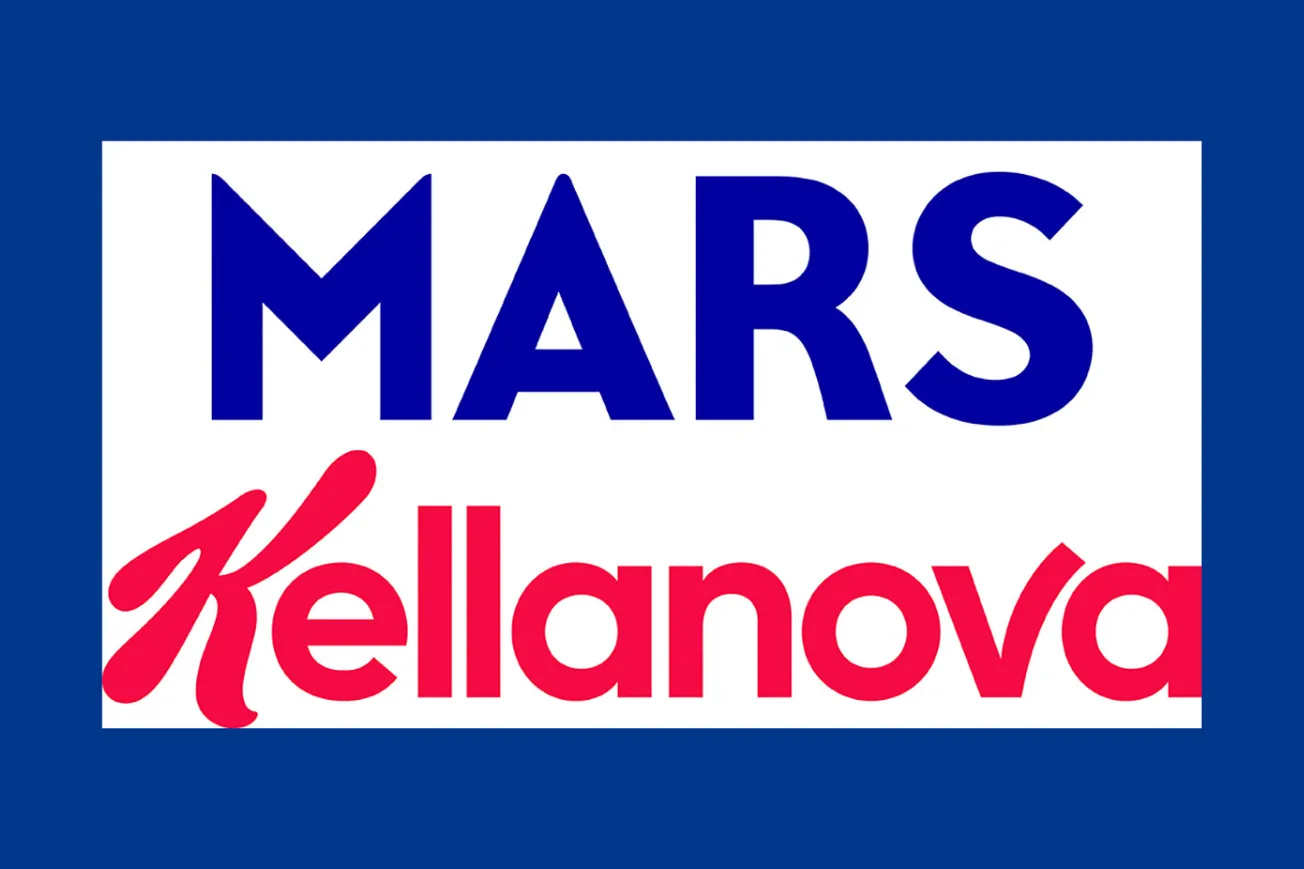MINNEAPOLIS — It seemed like a natural fit: Canadians living near the U.S. border had for years flocked to Target stores for the quality and affordability of the retailer’s fashionable merchandise.
It seemed like a natural fit: Canadians living near the U.S. border had for years flocked to Target stores for the quality and affordability of the retailer’s fashionable merchandise.
But Target Corp.’s leap into the Canadian market in 2013 with 124 stores went south in a hurry. Target lost nearly $1 billion in its first year in Canada, and $2 billion since the expansion plan was announced in 2011. Those losses will mount as Target winds down its Canadian operations.
"We were unable to find a realistic scenario that would get Target Canada to profitability until at least 2021," Brian Cornell, Target’s chairman and chief executive officer, said at the middle of this month in announcing the company’s decision to close all of its 133 stores in Canada and lay off some 17,600 employees.
Retail analysts blamed miscalculation and poor execution for Target’s Canadian flop.
Target entered Canada by buying 124 stores from Zellers Inc., a subsidiary of Hudson’s Bay Co., that were spread across the country. But with just three distribution centers serving the stores, the enterprise immediately encountered supply chain problems.
Additionally, many of the Zellers stores were located in shopping malls, typically less accessible than the stand-alone outlets operated by Target Canada’s competitors.
Analysts also said Target erred by pricing merchandise less competitively in Canada than it did at its U.S. stores.
Cornell — hired last summer to navigate Target’s recovery from a horrendous 2013 in which the Canadian foray unraveled and tens of millions of shoppers had financial and personal information stolen by hackers — was forthright about the struggles in Canada.
"We missed the mark from the beginning by taking on too much too fast," he said on a Target website shortly after announcing the decision to exit the company’s only international market. "We delivered an experience that didn’t meet our guests’ expectations, or our own. Unfortunately, the negative guest sentiment became too much to overcome."
Analysts expect Target to accelerate its push into urban markets in the United States as it pursues growth that can offset the lost opportunity in Canada.
"The good news is that Target will stop throwing good money after bad," Mark Miller, an analyst at Chicago-based investment bank William Blair & Co., wrote in a note to clients. "The bad news is that Target’s long-term growth opportunity is now effectively limited to the United States. With only small, domestic store expansion, the focus will shift to the company’s ability to drive comp-sales growth and margin expansion while increasing investment in e-commerce capabilities."
Cornell said in a conference call with investors that he intends to hasten the rollout of CityTarget stores. Target now has eight CityTarget stores, in Chicago; Seattle; Los Angeles; Portland, Ore.; and San Francisco, ranging in size from 80,000 square feet to around 100,000 square feet. Target launched its experiment in urban retailing two years ago but has proceeded at a pace that lags that of rival Walmart’s push into less-uniform retail spaces in more densely populated neighborhoods.
Target plans to open a CityTarget store in Boston this year and one in Brooklyn, N.Y., in 2016.
Rollout of its smallest format, TargetExpress, might also be expanded. The first TargetExpress, a 20,000-square-foot store in Minneapolis, opened last summer.





